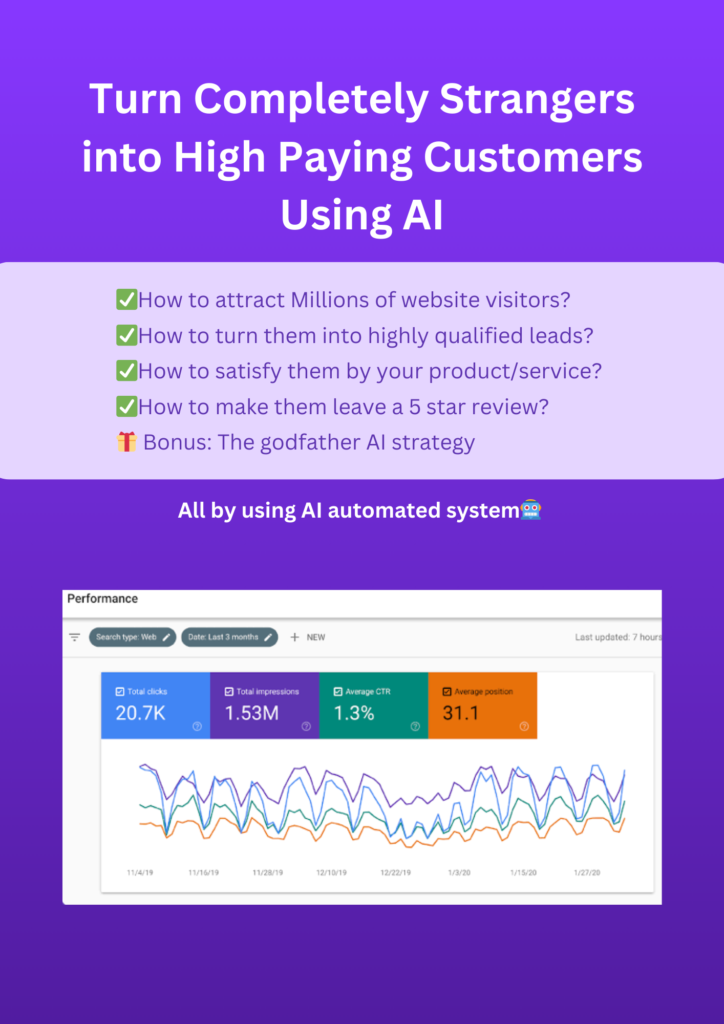Introduction

According to the Financial Action Task Force (FATF) reports, Politically Exposed Persons (PEPs) are five times more likely to engage in corruption related financial crimes as compared to other clients.Estimate of global cost of corruption is around $1 trillion annually and a major chunk of financial crime is linked to PEPs, according to the World Bank.
Keeping these high stakes into consideration, effective PEP screening has become an indispensable task for the financial institutions aiming to comply with anti money laundering standards. We’ll break down the essentials of PEP screening in this blog, let’s have a look!
Understanding PEP Screening
PEP screening is a procedure that involves identifying, assessing, and monitoring individuals who have significant public roles are known as Politically Exposed Persons (PEPs).
It is interesting to know that these PEPs include government officials, military personnel, judges, politicians, and state-owned enterprise executives who are at higher risk of financial misconduct or bribery due to their influence and access to resources.
In order to mitigate this risk, financial institutions conduct PEP checks by using databases of PEP data, such as global watchlists and sanctions lists. If we talk about regular PEP screening, it is very important to adhere to AML regulations and safeguard an institution’s reputation.
Why is PEP Screening Obligatory?
Regulatory Adherence: there are global anti money laundering regulations also including those from the FATF and EU AML Directives which play a part in mandate PEP screening as a cornerstone of compliance programs. In other cases, non-compliance can result in hefty fines and legal consequences or both at the same time.
Risk Mitigation: PEPs are taken as highly suspicious of corruption and money laundering due to their positions of power and influence. On the contrary, solutions like Effective PEP screening enables institutions to manage these risks by implementing enhanced due diligence measures.
Preserving Reputation: Engaging in business with high risk PEPs can be a big risk if it’s not being done with proper scrutiny as it can tarnish an institution’s reputation. This problem can be fixed by thorough PEP screening which prevents associations with financial crime, safeguarding the institution’s brand and public trust.
Real-World Case Studies Illustrating the Importance of PEP Screening
Some of the famous relevant case studies are discussed below:
Credit Suisse and Mozambique’s “Tuna Bond” Scandal
Credit Suisse faced substantial regulatory fines when its involvement got revealed in the Mozambique “Tuna Bond” scandal. The bank issued loans to Mozambican companies linked to high risk PEPs which include government officials who had influence and access to resources.
The funds were misused which led to a $2 billion debt crisis for Mozambique and Credit Suisse failed to conduct effective PEP screening and due diligence. This loophole in the system of Credit Suisse allowed corrupt officials to misuse the funds undetected that resulted in severe financial penalties and reputational damage.
If we look deeply into the example of the Credit Suisse case, it underscores the importance of strong PEP screening for financial institutions to prevent risk transactions associated with politics or influence.
Raiffeisen Bank and Eastern European PEP Risks
Raiffeisen Bank is an Austrian financial institution that came under regulatory radar for its dealings with high risk PEP clients from Eastern Europe. As investigations further revealed the gaps in Raiffeisen’s PEP screening practices which allowed transactions to go unchecked.
As a result of this investigation, Raiffeisen Bank faced regulatory pressure to tighten its AML and compliance processes. This case of Raiffeisen Bank put emphasis on the need for vigilant PEP screening, particularly when dealing with clients who belong to the regions which have high corruption risks.
For PEPs assessed as high risk, Enhanced Due Diligence (EDD) is necessary. EDD involves in-depth analysis of the PEP’s financial background, transactional behavior, and source of funds. Institutions may conduct periodic checks and track high-value transactions to ensure any suspicious activity is flagged immediately. EDD is crucial for high-risk clients as it helps detect potential financial misconduct in real-time.
Key Steps in Effective PEP Screening
Collecting and Updating PEP Data
The element of accurate and current PEP data is essential for effective screening as it helps financial institutions rely on various data sources, such as global watchlists and government databases, to identify PEPs. Moreover, the addition of regular updates to these databases are important to ensure accurate identification and prevent compliance risks.
Conducting a Risk-Based PEP Check
The person who once gets identified as PEPs has to go through a risk-based assessment considering factors like position, influence, and the level of corruption in their country.
Ongoing Monitoring of PEP Screening Data
The process of continuous monitoring is considered to be essential for PEP screening as it helps the institutions to track changes in PEPs’ status, such as new appointments or adverse media reports, and adjust compliance measures accordingly.
Protect your institution with AML Watcher
Real-Time PEP Screening keeps you informed with instant alerts, comprehensive global data, and automated risk scoring that ensures you’re always aware of critical changes in PEP status. AML Watcher empowers your compliance team to act swiftly, mitigating risks tied to high-profile clients and safeguarding your organization against regulatory penalties.

